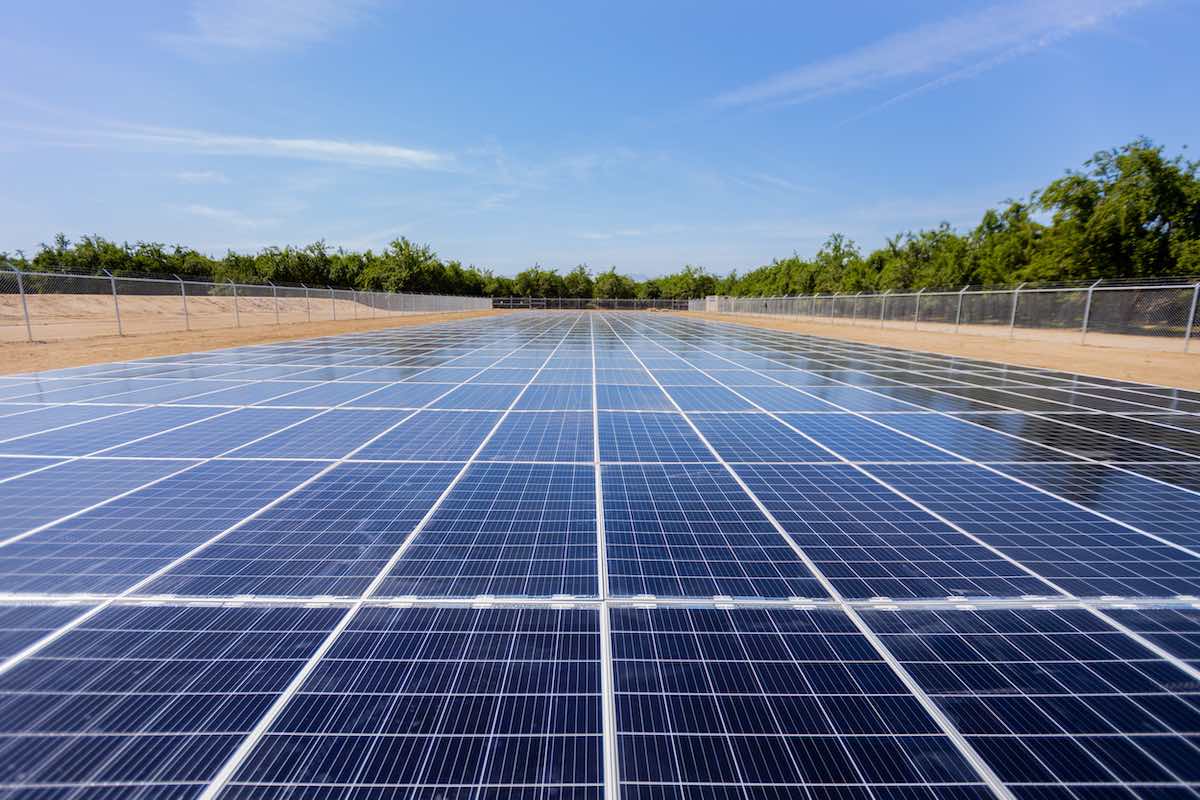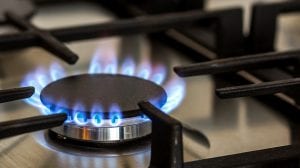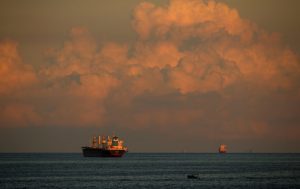Renewable hydrogen aspirant Countrywide Hydrogen has linked up with solar energy company Wirsol to investigate locations for behind-the-meter solar-to-hydrogen projects in Tasmania.
Behind-the-meter energy deals can knock as much as 30% off the cost of electricity for energy-hungry hydrogen electrolysers, the technology which turns water and electricity into hydrogen, says Countrywide Hydrogen managing director Geoffrey Drucker.
It achieves this – at least in principle – by removing network fees and making the gas much more comparable to diesel or gas for cost-sensitive industries like transport.
“Behind-the-meter is most important for customers because the question they always ask is how does the price of hydrogen compare to the price of natural gas or the price of diesel,” Drucker says.
“Motivation to transition to hydrogen, price and a refuelling network [is] critical. To that end behind-the-meter electricity generation will deliver the lowest cost of hydrogen with solar being the most viable option in terms of installation timing and capex, while Tasmania will only require three refuelling stations to cover the state.
“The (Wirsol) projects will be at least 5 megawatts (MW), I’d expect, and dependent on how much power we’re able to generate using solar to give us that behind-the-metre advantage.”
Drucker says the company is aiming for a hydrogen cost-of-production of under $8/kg, using a modular system of electrolysers that can produce about 4.5 tonnes of the gas per day from a 10MW plant.
The projects would be sited at industrial zones and near Countrywide Hydrogen’s prospective customers in road transport, advanced manufacturing, and aluminium smelting.
“Our target customers are industrial. Down here in Tasmania there’s a strong appetite among industry to operate on a blend of natural gas and hydrogen. We’re in discussions with two companies at the moment that wish to operate their industrial businesses on 100% hydrogen, which will be a first for Australia,” he says.
Tasmania is also a prime location for hydrogen distribution because its relatively new, two decade old gas infrastructure is made from a plastic derivative instead of steel, Drucker says.
Too much hydrogen in a gas blend causes steel pipes to become brittle, ultimately destroying the infrastructure required to move the gas from A to B.
From woah to hydrogen in two years
Countrywide Hydrogen’s current projects are all in planning stages. They include a 10MW electrolyser plant in Bell Bay and a 5MW version in Brighton in Tasmania, and two 10MW Victorian locations in Melbourne and Portland.
These are expected to reach financial close in early 2023, and be producing gas in early 2024.
Tasmania, like other states in Australia, is pressing hard to capitalise on what many see as the next resources boom. The government launched the $20 million Tasmanian Renewable Hydrogen Fund in 2020, and is spending $70 million to turn the Bell Bay industrial area in northern Tasmania into a hydrogen hub.
But many hydrogen plans in Australia have run up against a chicken-and-egg problem, where project proponents can’t get plans off the ground because they have no customers, and customers don’t want to invest because there are no functioning projects to point to.
Countrywide Hydrogen, which was bought by ASX-listed ReNu in late 2021, is yet to lock in customers but says it it is in talks with a number of entities.
Drucker says that aside from the two, unnamed manufacturers he is in talks with in Tasmania, Countrywide Hydrogen is also in discussions with Alcoa, the owner of the Portland aluminium smelter, and a variety of road transport organisations in Tasmania and Victoria, including for hydrogen buses.









